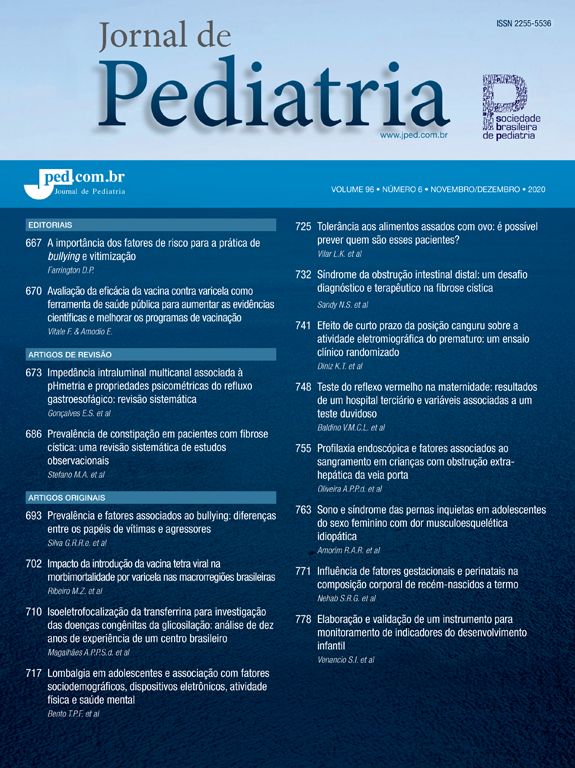It is an on-going practice in the pediatric ICUs to obtain and to maintain a working artificial airway. Nevertheless this procedure bears not infrequent risks of accidental extubation (AE) which ranges in several services from 0,9 to 3,3 for each 100 days of intubation. The risk factors that are involved in AE are related to: sedation level, age-group, intubation path, and others. The purpose of the authors in this article was to observe the incidence of AE in their service and to compare the relative risk in the rate of AE among orotracheal and nasotracheal intubation population. A prospective study was taken during six months, in which every patients with artificial airway admitted at the PICU of the Santo Antonio Hospital in Porto Alegre (Brazil) was included except those with tracheostomy. The total number of cases were 673 patients-day with artificial airway, with an average of 3.7 patients with tracheal tube per day. In the period there were 18 AE, with a rate of 2.7 AE/ 100 days. The incidence rate of AE in the orotracheal group was 3.1% and 1.6% in the nasotracheal group with no statistically significant difference (p=0.6). The authors concluded that the pathway of intubation in their study does not carry any additional risk in the incidence of accidental extubation.
O fator de impacto mede o número médio de citações recebidas em um ano por trabalhos publicados na revista durante os dois anos anteriores.
© Clarivate Analytics, Journal Citation Reports 2025
O CiteScore mede as citações médias recebidas por documento publicado. Mais informação
Ver maisSJR é uma métrica de prestígio baseada na idéia de que todas as citações não são iguais. SJR utiliza um algoritmo similar ao page rank do Google; é uma medida quantitativa e qualitativa ao impacto de uma publicação.
Ver maisSNIP permite comparar o impacto de revistas de diferentes campos temáticos, corrigindo as diferenças na probabilidade de ser citado que existe entre revistas de distintas matérias.
Ver mais







